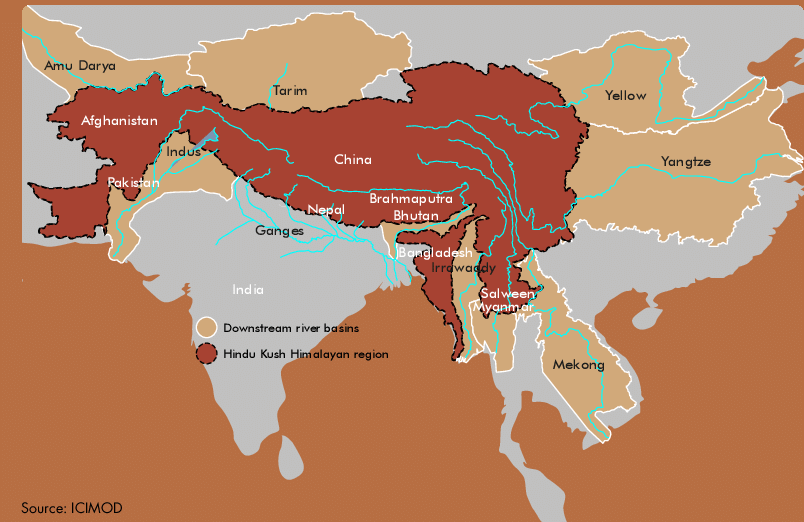900 319 0030
enquiry@shankarias.in
Why in news?
The International Centre for Integrated Mountain Development (ICIMOD) recently released the Hindu Kush Himalaya Assessment report.
What is the background?

What does the report reveal?
What should be done?
Source: The Indian Express, Financial Express